-

Interview with Ilaria Mazzoleni
By Sophie Lovell
Ilaria Mazzoleni is an architect and expert in the field of biomimicry, that is, architectural design innovation inspired by the processes and functions of nature. In her book Architecture Follows Nature she pleads for a shift in thinking about the application of biological principles to design and architecture. uncube talked to her about the pros and cons of going back to the future with nature and why she believes it is essential to do so.
-

Studying the way animals utilise their environments can be applied to architecture. Here, the tiny tube feet of the Ochre Sea Star (Pisaster ochraceus) create a strong vacuum holding it tight to rocky surfaces. (Photo courtesy D. McShaffrey; drawing adapted from R. Fox, Lander University)
-

For many people the idea of biomimicry is an aesthetic, something “skin deep” or decorative. Biomorphic architecture in this sense has been around for millennia. What makes the relatively new field of biomimetic architecture different?
Design has a strong formal component, so when architects look at nature the formal aspect has often been the driving force, with function questioned less. This is where the opportunities are for biomimetic design – really tapping into the functional and performative aspects of architecture. But we’re still at a very early stage in this field.
Is this also because we’re only just beginning to develop the technology allowing us to do this?
Yes, certainly technological progress is a component, but so too is the way we perceive technology and engineering, which is so twentieth century still. I don’t see biomimicry as high- or low-tech; it is part of a balance, just like nature. Using either technology, or very passive systems as and when necessary, is where our intelligence can really mediate and work.
Your main topic of research is the extrapolation of architectural principles from nature. The counterpoint, which we’re also discussing in this issue, is synthetic biology, or how to reverse-engineer nature according to human design. Are these the flipsides of the same issue? Do they reinforce each other?
I hope they will reinforce each other. But I would also see them as just parallel beautiful actions, be it the development of new substances used for medicine or of synthetic construction materials inspired by nature that are biocompatible and extremely useful. It is all about how we can improve our impact.
In this proto-architecture project applying the abilities of the Ochre Sea Star, a hard shell holding expandable pods clings to the underside of a pier in Santa Monica, California.
-
Both synthetic biology and biomimicry seem to be very “hot” fields at the moment, but many of the projects shown and cited, including those in your recent book, are still at the conceptual stage, or what you call “proto-architectural”. It all sounds great in theory, but how realistic are all these future visions of biotic/abiotic fusion?
Yes, I agree, but that’s the nature of research, right? Think of computing and the promises made a century ago, and how fast it’s evolving now. It’s the incubation part – the research – that takes time. When I started teaching biomimicry in 2005, I spent half my time explaining to students what it might be. And now everybody knows what it is. So there is a change happening in the way we see and understand the world. But it takes time to have a good project. I don’t like generating fast solutions and applying labels to things that are not quite ready.

The skin of the Polar Bear (Ursus Maritimus) is optimised for life in the cold arctic – the ideal model for a climate-sensitive building envelope. (Photo courtesy D. McShaffrey)
-
The biomimetic focus in your book is on “skin”. Could you describe the importance of the analogy between skin and building envelopes?
There are several reasons. Skin is quite a complex organ with a multitude of very important functions. We know intuitively that it’s something very important for our bodies. Similarly in architecture: the building envelops us. Skin is the same as a building envelope both formally and functionally – a filter between outside and inside. So this analogy is a clear entry point for understanding biomimicry.
You suggest the goal of biomimicry is a symbiotic relationship between architecture and nature, but isn’t it just another form of manipulation or intervention? Is it not just as parasitic and invasive a relationship as ever?
Hopefully not. The risk is there of course, but everything that surrounds building, including the economy, is based on traditional parameters. Economics means money and it’s a very narrow way of managing everything. This is why I would plead for being slower. We should take our time to really understand how we can work with nature, rather than exploit it. Of course we are always modifying and intervening in our environment, but if we see ourselves as part of nature, then I think our interventions can be different. It’s not about taking no action, but more careful action.
Why do we have to be careful?
Because ecosystems are very complex things. Science is very young, and we know so little about the world. It’s amazing that we are still finding new species of mammals and we don’t even know how many kinds of insects there are on earth. We haven’t classified them, let alone studied them and their importance.
This arctic dwelling is designed to mimic the energy dispersion that the Polar Bear achieves. Fur-like protrusions and a careful consideration of surface-to-volume ratio ensure a warm yet well-ventilated space.
-

The Pangolin (Manis tricuspis) is adaptable in many ways, for instance curling up for protection or retracting its claws to walk. Buildings could likewise be thought of as flexible entities, says Mazzoleni. (Photo courtesy E. Simpson)
-

There is so much we can learn from science, through researching further with people in different fields. The danger is to rush solutions – saying we understand something as architects, without seeing how it works in relationship to other stuff – and so become shortsighted or generate abstract solutions.
So interdisciplinary collaborations are essential from this standpoint…
Interdisciplinary collaboration is a must. We spent many centuries specialising and have diverged so much that we need to put our knowledge back together through sharing and cross-pollinating, facilitated now by digital information exchange. But data is not information. Just because something is available online doesn’t mean we understand it. Interdisciplinary collaboration means: I do my work, you do your work and together we share and understand. It’s not me becoming many; it’s me working with many.
But actually making this happen, creating change, is easier said than done isn’t it?
We always talk about future generations, but that’s a very abstract way of thinking. As humans we’re not hardwired to survive for the long term; we are hardwired to survive until dinner. For aeons, evolution has prompted us to find food for tonight and now in the past 50 years or so we’ve started worrying about future generations. It’s a shift in our behaviour that is not as simple as being prodded into change.
In homage to the Pangolin self-protection mechanism, this architectural cladding is an assembly of photovoltaic panels that can be opened and closed to expand or contract the enclosed space. The flexible system protects from elements while harnessing energy for electricity, and can be disassembled for easy transportation in the event of emergency.
-
Ilaria Mazzoleni is an architect and founder of IM Studio Milano/Los Angeles. Her conceptual work has been published internationally, and her built work can be found in Italy, California, and Ghana. Her professional and academic investigation focuses upon sustainable architecture on all scales of design with a research focus on biomimicry: where innovation in architecture and design is inspired by the processes and functions of nature. Since 2005 she has been a full-time faculty member at the Southern California Institute of Architecture (SCI-Arc) in Los Angeles.
All images featured here are from the book Architecture Follows Nature, in which Mazzoleni and her colleagues propose ways to adapt the qualities of specific animals for potential architectural projects. Animal and architecture diagrams were made by the respective project teams who worked on each case study: Ochre Sea Star: Paul Mecomber, Adrian Ariosa; Polar Bear: im studio mi/la, Ilaria Mazzoleni, Alessandro Colli, Richard Molina; Tree Pangolin: Ross Ferrari, Thomas Carpentier; Urania Moth: Benedetta Frati, Nir Zarfaty.
Architecture Follows Nature: Biomimetic Principles for Innovative Design
Ilaria Mazzoleni
CRC Press, 2013
ISBN-10: 1466506075
If in nature everything is interconnected in a vastly subtle and complex system, wouldn’t shifting architecture to a more biomimetic approach suggest we have to change everything – our education systems, our commercial systems, our political systems?
Yes, in that architecture is not just building per se. Whilst we can’t do everything as architects, we should definitely be part of this change. One thing can’t evolve while the rest remains static. The big lesson from nature is to aim for balance. Everything needs to push and pull, evolve or adapt, or even disappear. It’s pretty simple to understand, but very complex to achieve. One way of achieving this, in a democracy, is slowness – slowing processes down, getting people to accept things over time. I used to be more pessimistic, but now I think things are actually happening – you just need to look at them in the right timescale.
Well, evolution has had a few million years to get it right...
Yes, and in that respect it might be too late. We are quick at destroying things and very slow at generating good actions. I
The wings of the Urania Moth (Chrysiridia rhipheus) change colours according to the angle of light hitting the surface. (Photo courtesy A. Richards, Bohart Museum of Entomology, University of California, Davis)
-
Search
-
FIND PRODUCTS
PRODUCT GROUP
- Building Materials
- Building Panels
- Building technology
- Façade
- Fittings
- Heating, Cooling, Ventilation
- Interior
- Roof
- Sanitary facilities
MANUFACTURER
- 3A Composites
- Alape
- Armstrong
- Caparol
- Eternit
- FSB
- Gira
- Hagemeister
- JUNG
- Kaldewei
- Lamberts
- Leicht
- Solarlux
- Steininger Designers
- Stiebel Eltron
- Velux
- Warema
- Wilkhahn
-
Follow Us
Tumblr
New and existing Tumblr users can connect with uncube and share our visual diary.
»Where there is nothing, everything is possible. Where there is architecture, nothing (else) is possible.«
Rem Koolhaas
Keyboard Shortcuts
- Supermenu
- Skip Articles
- Turn Pages
- Contents


